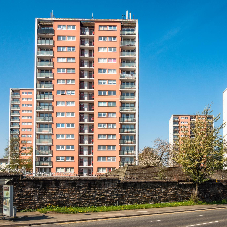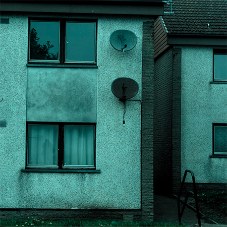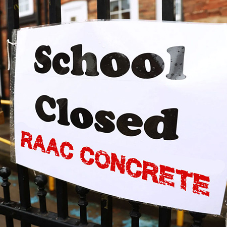Let’s not mince words. The UK is in the grip of a housing shortage.
There is a definite shortage of affordable homes, and soaring rents, poor conditions and rising homelessness are the end result. Government has recently announced new housing measures to support homebuyers, to build more homes and to improve building safety, and they've claimed they're committed to delivering 300,000 homes a year by the mid 2020s.
It could be argued that one of the ways to achieve these targets might be prefabricated homes; which to begin with seems like a sound idea. Modular buildings have gained much popularity over the past decade. They can take up to 50 percent less time to complete than conventional homes, and it’s argued that modular buildings are generally stronger than conventional construction because each module is engineered to independently withstand the rigors of transportation and craning onto foundations.
But the off-site manufacture of homes and buildings has been the future of construction before – most notoriously in the 1940s and 50’s. The initiative recalls the reconstruction drive which followed the Second World War as prefabs sprung up across the country as the government sought to house families bombed out of their homes.
The homes – designed to last only 10 years but often still habitable for decades longer – came to symbolise Britain’s post-war years but were often also synonymous with poor quality. Prefab homes may at first glance be more energy efficient but critics say their components are overwhelmingly imported, which adds air miles. In contrast, traditionally-built houses usually source 80% of materials domestically. The worry was, that off-site is not superior in comparison, it’s imported and it could end up costing British jobs.
But maybe prefab’s bad rep is somewhat unjustified in light of the current technical advancements.
While the prefabs of the 1940 homes were often a byword for poor quality, improvements in technology mean that such concerns should no longer be an issue. To boot, there are examples of a UK off-site construction industry emerging; only last year insurance giant Legal & General set up L&G Homes in a factory near Leeds to build up to 4,000 prefab homes a year. And others are following suit.
And it’s not like this is completely uncharted territory. There already has been a noticeable trend to use modular construction in social and student housing, where speed of construction is allied to economy of production scale, and to reduced disruption in congested inner city sites.
While timeframes are project dependent, most estimates are that off-site-built homes can be produced in about half the time of traditional construction as the house itself can be built in the factory while foundations are being laid on site. Developers also cite the reduced requirement for scarce skilled labour, fewer construction accidents and more consistent quality of build compared to traditional construction.
The most obvious advantage is speeding up the building of housing, but there is some solid evidence that if this was done at scale it would end cheaper.
So yes, there are some concerns about embarking on a new wave of prefabricated homes, but it’s certainly an option we shouldn’t dismiss.
What do you think? Can prefab homes solve UK's housing crisis? Join the conversation on our LinkedIn post.
Related Blog Articles



crop192.png)












